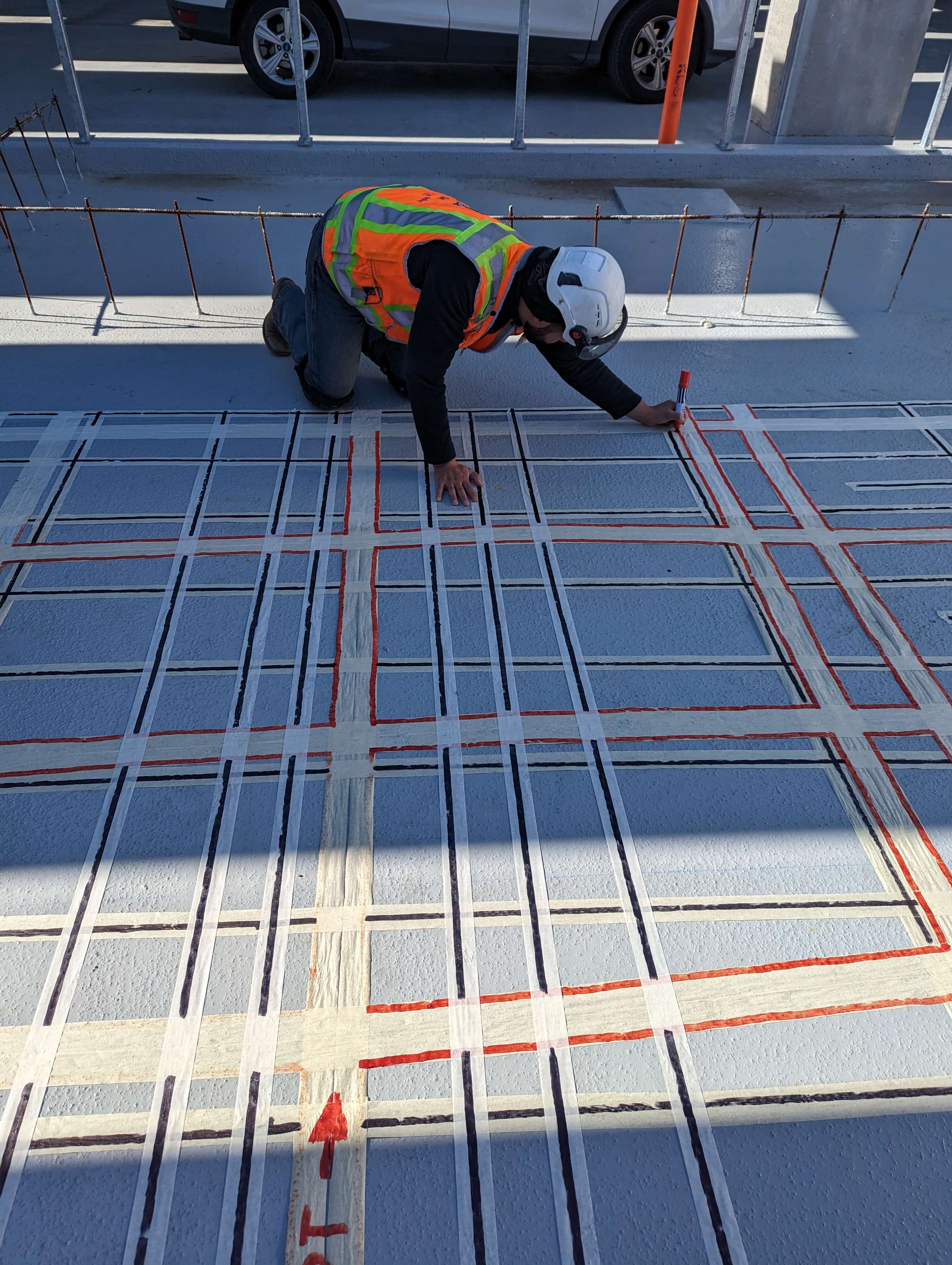Reliable Concrete Scanning Approaches for Construction Tasks
Past the Surface: Leveraging Advanced Concrete Scanning Techniques for Unmatched Accuracy and Insight
In the world of building and infrastructure upkeep, the pursuit for precision and thoroughness is unending. Advanced concrete scanning techniques have actually become important devices in this quest, offering a look underneath the surface to unveil a world of critical understandings. By utilizing cutting-edge modern technologies, experts can discover anomalies, assess the problem of concrete structures, and make educated decisions that shape the training course of jobs. The implications of these strategies extend much beyond mere surface-level analyses, guaranteeing a deepness of accuracy and understanding that is exceptional.
Value of Advanced Concrete Scanning
The importance of utilizing sophisticated concrete scanning methods exists in the unrivaled precision they supply for discovering sub-surface abnormalities and ensuring structural honesty. By employing advanced modern technologies such as ground-penetrating radar (GPR), electro-magnetic induction, and progressed finder imaging, building experts can dive under the surface area of concrete frameworks with a degree of accuracy that far exceeds standard examination approaches. Concrete Scanning. These strategies enable the identification of concealed dangers like rebar deterioration, gaps, channels, or post-tension wires that could compromise the security and safety and security of a framework with time
Furthermore, advanced concrete scanning provides invaluable understandings right into the general condition of a concrete element without the need for intrusive procedures, lessening the risk of triggering damages during the analysis procedure. The ability to determine the exact area and deepness of potential concerns permits for targeted repair services and maintenance, ultimately lengthening the life expectancy of the structure and maximizing its performance. Essentially, the relevance of advanced concrete scanning can not be overemphasized in the realm of building and construction and facilities upkeep, where accuracy and reliability are paramount.
Kinds of Cutting-Edge Technologies

Anomalies and Problem Discovery

In enhancement to GPR, concrete scanning methods like thermography and impact-echo testing are also effective in discovering anomalies and defects. By leveraging these sophisticated techniques, professionals can proactively address structural concerns, ensuring the longevity and safety and security of concrete frameworks.
Assessing Concrete Condition
How can designers properly assess the problem of concrete frameworks to ensure their longevity and safety and security? Examining the concrete condition is a vital facet of preserving infrastructure honesty. Different advanced concrete scanning strategies are utilized for this purpose. Ground-penetrating radar (GPR) is commonly utilized to analyze the interior structure of concrete, identifying spaces, fractures, and other anomalies that may compromise its stamina. Additionally, impact-echo screening can provide insights right into the thickness and stability of concrete components. Ultrasonic pulse speed screening is another beneficial approach for assessing concrete top quality by measuring the rate of acoustic waves through the product.
Combining non-destructive screening techniques with visual evaluations allows for an extensive assessment of concrete condition, making it possible for designers to determine potential concerns early on and carry out prompt maintenance or repairs. By leveraging these innovative methods, engineers can make certain the lasting resilience and security of concrete frameworks.
Enhancing Decision-Making Procedures
In the realm of framework administration, maximizing decision-making processes is essential for ensuring the reliable maintenance and durability of concrete structures. Improved decision-making processes in concrete administration entail making use of sophisticated scanning methods to gather in-depth data additional resources on the condition of frameworks. By leveraging technologies such as ground-penetrating radar and 3D imaging, stakeholders can make enlightened decisions pertaining to reinforcement, replacement, or repair approaches.
These advanced scanning techniques supply vital understandings right into the internal structure of concrete, recognizing prospective problems such as gaps, splits, or corrosion that may not show up on the surface. This level of in-depth details permits for positive upkeep planning, lessening the threat of architectural failings and increasing the overall life expectancy of concrete frameworks.
Furthermore, by incorporating electronic paperwork and analysis devices into the decision-making process, stakeholders can track the advancement of concrete conditions over time, making it possible for predictive upkeep techniques and optimizing source allotment. Inevitably, the combination of advanced concrete scanning strategies boosts decision-making procedures by offering unparalleled accuracy, understanding, click now and effectiveness in framework administration.
Verdict
To conclude, progressed concrete scanning techniques use unequaled accuracy and understanding in finding anomalies, defects, and examining the condition of concrete frameworks. By leveraging advanced modern technologies, decision-making processes can be improved, bring about even more efficient and educated remedies for maintaining and fixing concrete framework. These techniques play an important duty in guaranteeing the security and long life of concrete structures, making them an essential device in the area of building and construction and engineering.
Furthermore, progressed concrete scanning gives important insights into the general condition of a concrete aspect without the requirement for intrusive actions, minimizing the risk of triggering damage during the assessment process - Concrete Scanning. Another ingenious innovation is 3D X-ray scanning, which offers in-depth pictures of the interior structure of concrete, providing important info without the requirement for damaging testing. Additionally, Concrete Cover Meters are used to measure the density of concrete cover over support bars properly. Improved decision-making processes in concrete management involve linked here utilizing innovative scanning techniques to gather detailed information on the problem of structures.In conclusion, advanced concrete scanning strategies offer exceptional accuracy and understanding in identifying abnormalities, problems, and assessing the problem of concrete structures